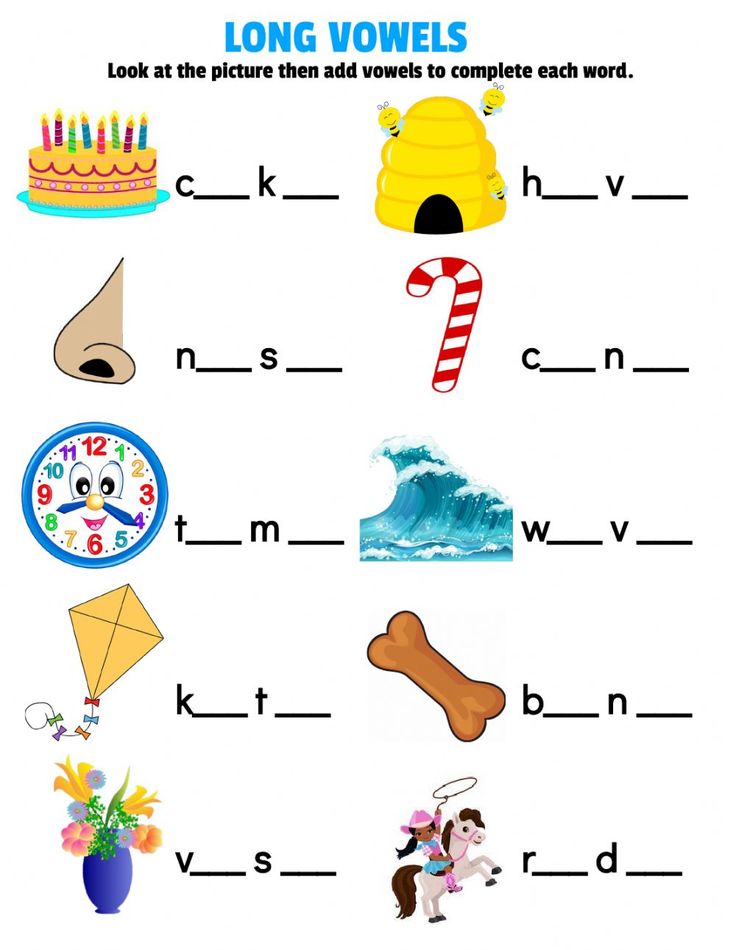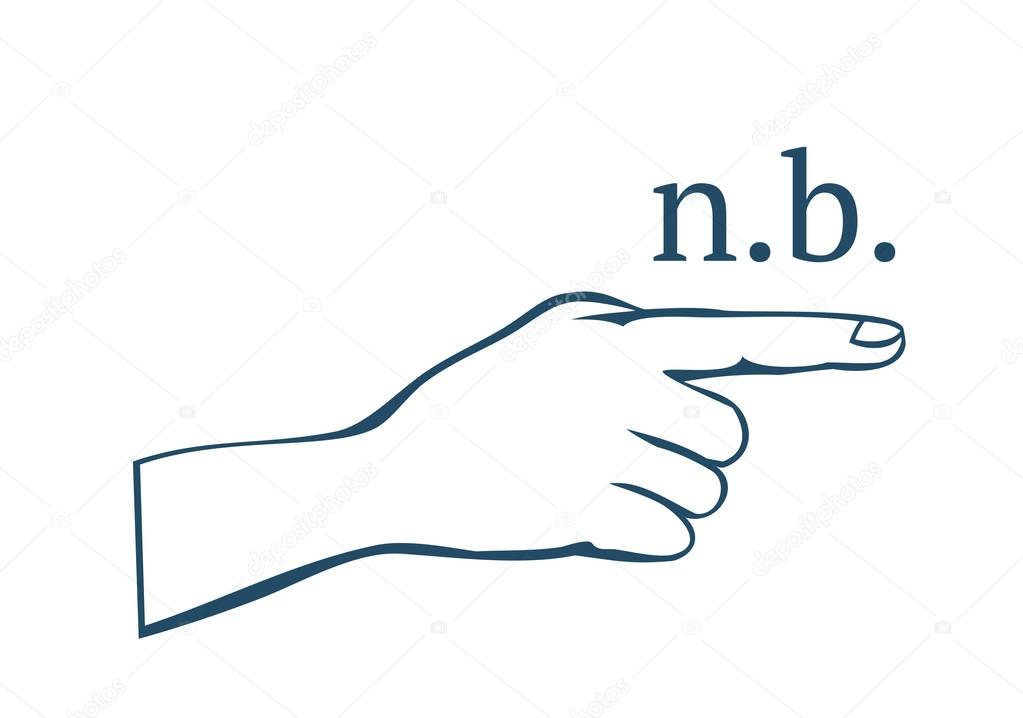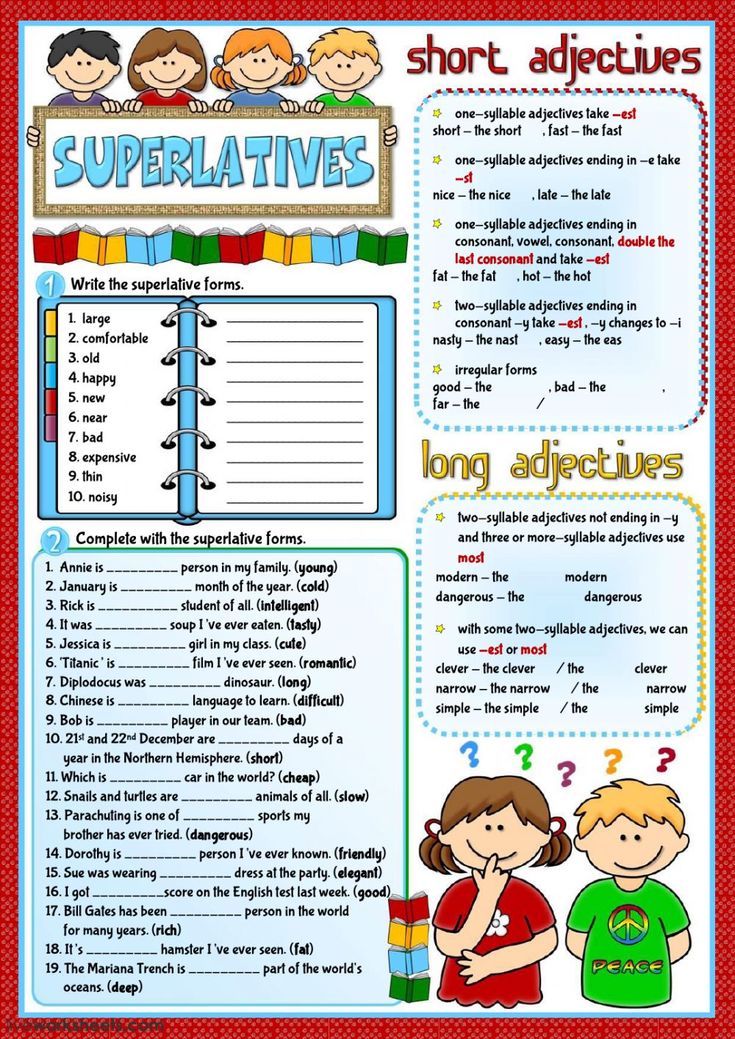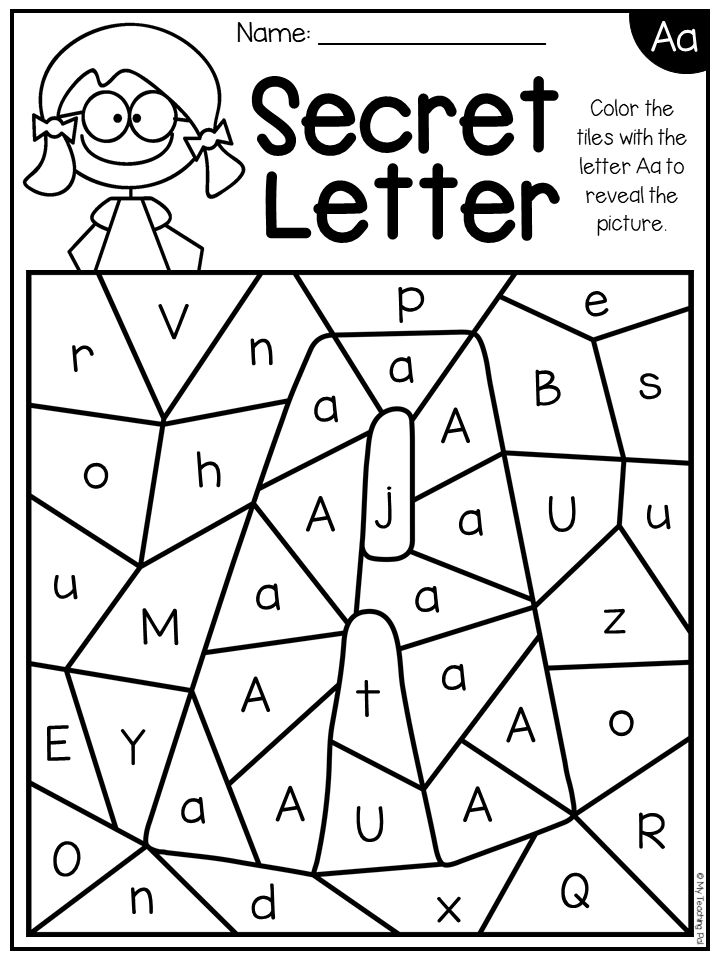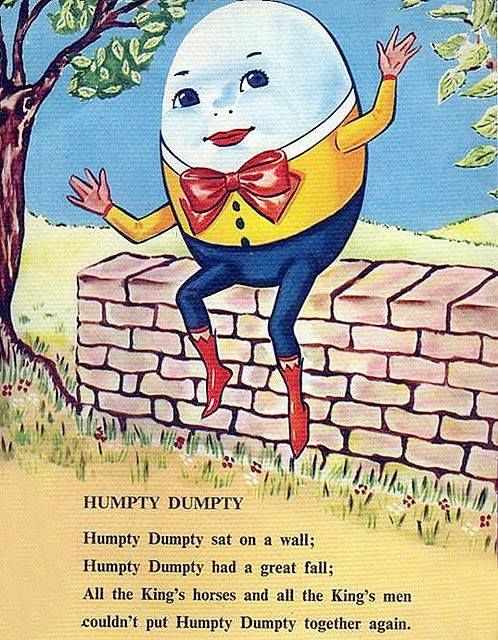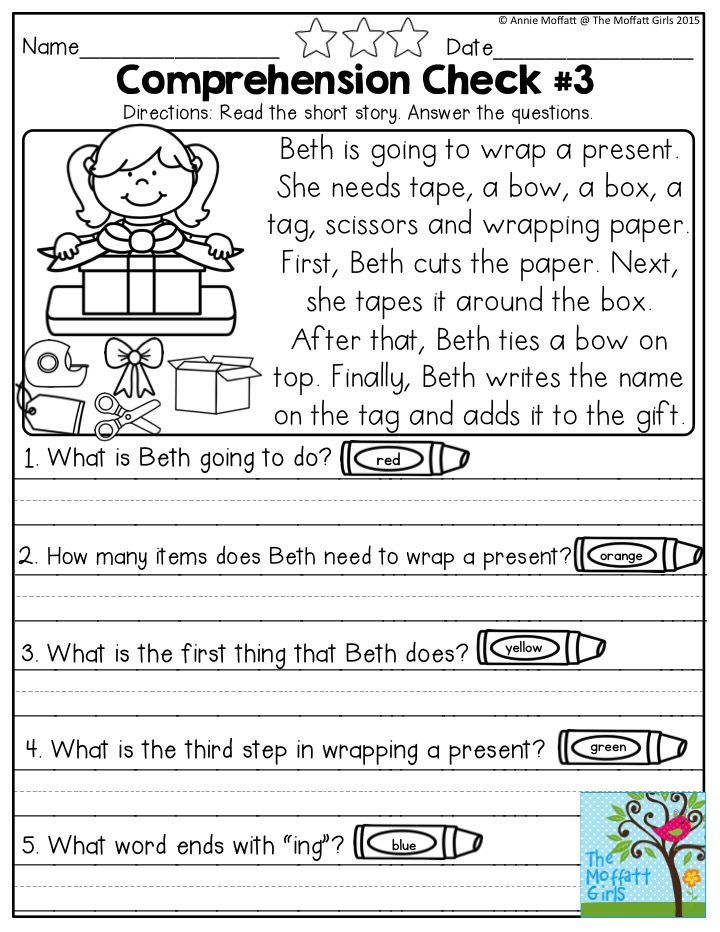Alphabet upper and lower case letters
Lowercase and Uppercase Letters: Definition and Meaning
The 26 letters in the English alphabet can take two forms: uppercase and lowercase. Each form serves a different function. Most of the letters you see in writing are lowercase.
Definition of Lowercase Letters
Lowercase letters are smaller and sometimes take a slightly different form than their uppercase counterparts.
Notice the L that starts the word Lowercase in the previous sentence. It’s larger than the other letters and looks different than the l in the word letters.
Lowercase letters are used more often than uppercase letters. They follow the first letter of a sentence or the first letter of a proper noun.
English Alphabet Lowercase Letters
These are the lowercase forms of each of the 26 letters in the English alphabet.
| a | b | c | d | e | f | g | h | i | j | k | l | m |
|---|---|---|---|---|---|---|---|---|---|---|---|---|
| n | o | p | q | r | s | t | u | v | w | x | y | z |
Definition of Uppercase Letters
Uppercase letters, also called capital letters, are used to start sentences and as the initial letter of a proper noun.
Uppercase letters are larger than their lowercase counterparts. Though most uppercase letters look similar to their lowercase partners, others take slightly different forms.
English Alphabet Uppercase (Capital) Letters
These are the uppercase or capital forms of the 26 letters in the English alphabet.
| A | B | C | D | E | F | G | H | I | J | K | L | M |
|---|---|---|---|---|---|---|---|---|---|---|---|---|
| N | O | P | Q | R | S | T | U | V | W | X | Y | Z |
When Should You Use Lowercase Letters?
It’s easier to explain the function of lowercase letters by saying what they don’t do. Lowercase letters do not start sentences and are not used as the initial letter of a proper noun.
They are used for all the remaining letters in sentences and following the first letter of proper nouns.
Most of the letters you write will be lowercase. A quick scan of this article shows that uppercase letters are used in specific circumstances and lowercase are used everywhere else!
In the first sentence of the paragraph above, Most of the letters you write will be lowercase., only the M in Most is an uppercase letter. All the others are lowercase.
Use Lowercase Letters with Common Nouns
Nouns are words that represent a person, place, thing, or idea. There are two types of nouns: common and proper.
Common nouns refer to a non-specific person, place, thing, or idea. They are generic terms. The chart below shows the common noun version of the proper nouns used above.
| Proper noun (capitalize first letter) | Common noun (lowercase letters) |
|---|---|
| Joanna | person |
| London | city |
| France | country |
| Tuesday | weekday |
| September | month |
Proper nouns refer to a specific person, place, thing, or idea. For example, the name of a particular person, city, country, day of the week, or month is a proper noun.
For example, the name of a particular person, city, country, day of the week, or month is a proper noun.
- Joanna
- London
- France
- Tuesday
- September
The initial letter of a proper noun is an uppercase letter. The rest are lowercase.
A grammar guru, style editor, and writing mentor in one package.
Try it for free!Sentence Examples with Proper and Common Nouns
These sentences contain both proper and common nouns (in bold). The proper nouns are capitalized, the common nouns contain only lowercase letters.
- After work, Sue met friends for dinner.
- The ancient poet Homer wrote The Odyssey and The Iliad.
- My favorite day of the week is Sunday, and my favorite month is July.
When Should You Use Uppercase Letters?
Most often, capital letters are used to start sentences and proper nouns, but those aren’t the only times.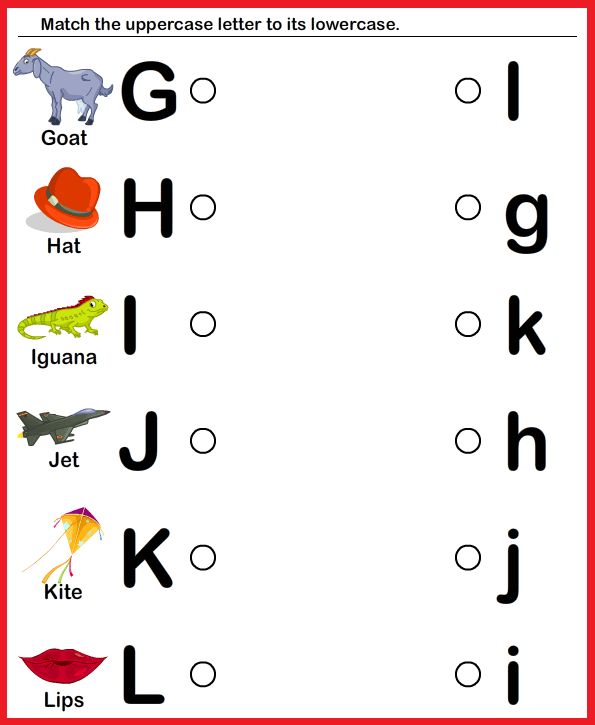
This list explains other circumstances that require uppercase letters.
1. The first word of a quote that’s part of a complete sentence
When an embedded quote is also a complete sentence, the first word of that quote should be capitalized.
- Mary said, “We should go to the beach.”
2. Titles of literary or artistic works
Capitalize the first, last, and all other words in a title except conjunctions, articles, and prepositions of fewer than four letters. This is called “Title Case.” (Some style guides have even more specific guidelines, so always check!)
- To Kill a Mockingbird
- The Hunger Games
- The Fault in Our Stars
3. Professional titles preceding a person’s name
When a title such as “Dr.” or “President” precedes a specific person’s name, capitalize it.
- We will now hear from Dr. Jones, our keynote speaker.
- President Biden will give a speech later today.
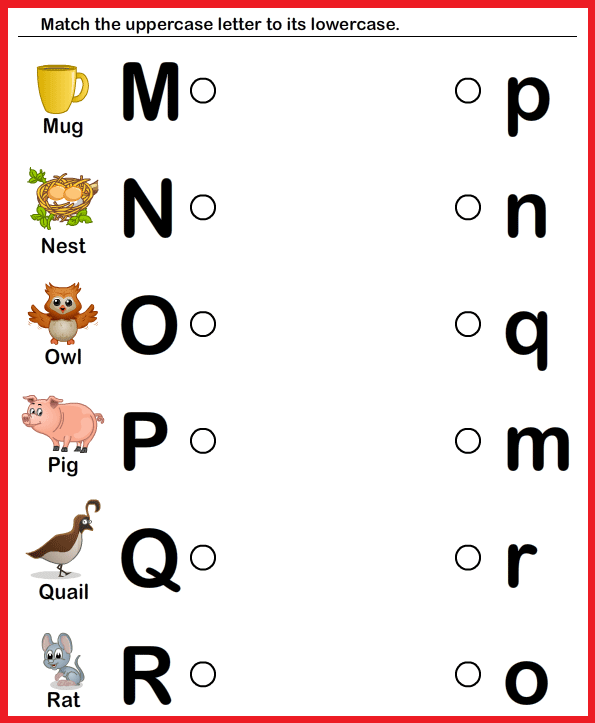
Use lowercase letters if the title is used as a description or not followed by a specific name.
- The keynote speaker is Martin Jones, a doctor.
- I’m watching the president give a speech.
If you feel overwhelmed by the different rules of capitalization, remember that ProWritingAid is here to help!
It’s a thorough grammar checker (and more) that will detect errors in capitalization for you.
4. The pronoun “I”
You should always capitalize the pronoun “I.”
5. Acronyms and Initialisms
An acronym is a word formed by taking the first letter of each word of a compound term. Initialisms are similar abbreviations, except that the letters are pronounced individually rather than forming a new word.
- PIN is an acronym for personal identification number and is pronounced as the word “pin”
- FBI is an initialism for the Federal Bureau of Investigation and is pronounced as individual letters F-B-I
Some phrases are also abbreviated as initialisms:
- “Talk to you later” is TTYL
- “As soon as possible” is ASAP
Acronyms and initialisms should always appear in uppercase form.
6. When adding emphasis
Be careful with this use of uppercase letters!
When you put words or sentences in ALL CAPS, a practice often seen in texts or posts, you add emphasis to your words. Consider how that emphasis will be perceived.
ALL CAPS statements carry more aggression and intensity than lowercase words. That’s not always a bad thing.
For example, texting someone “HAPPY BIRTHDAY!” instead of “Happy birthday” is a way to convey excitement and show you really mean those good wishes.
Other times, ALL CAPS can sound accusatory, demeaning, or rude.
Remember that ALL CAPS in writing makes it seem as though the speaker is yelling. Keep that in mind before you press “send” on your uppercase text or post!
A Summary of Lowercase and Uppercase Letters
Lowercase letters are used for common nouns and for every letter after the initial letter of the first word of a sentence.
Uppercase letters are most often used at the start of sentences and as the first letter of proper nouns, though there are other times to use the capital letter form too.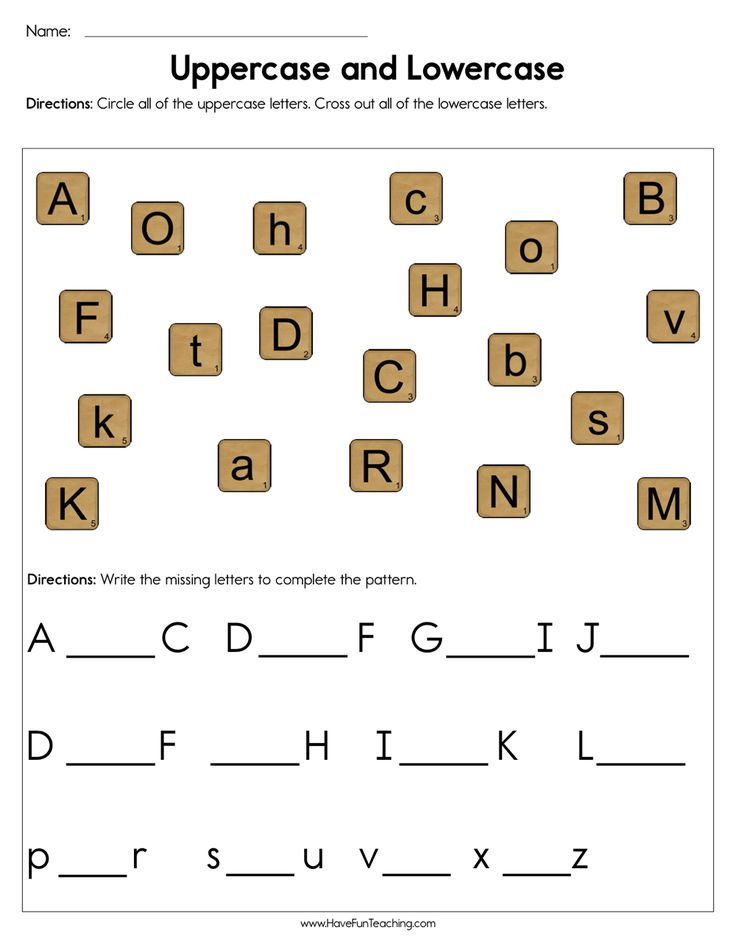
Take your writing to the next level:
20 Editing Tips from Professional Writers
Whether you are writing a novel, essay, article, or email, good writing is an essential part of communicating your ideas.
This guide contains the 20 most important writing tips and techniques from a wide range of professional writers.
What Are Lowercase, Uppercase Letters?
Lowercase letter definition: Lowercase letters are all other letters not in uppercase.
Uppercase letter definition: Uppercase letters are letters that represent the beginning of a sentence or a proper noun.
What are Lowercase Letters?
In writing, most letters are lowercase. Lowercase letters are all letters that do not begin a sentence or refer to a proper noun.
English alphabet lowercase letters: a b c d e f g h i j k l m n o p q r s t u v w x y z.
Examples of Lowercase Letters:
- word
- The word above uses only lowercase letters.
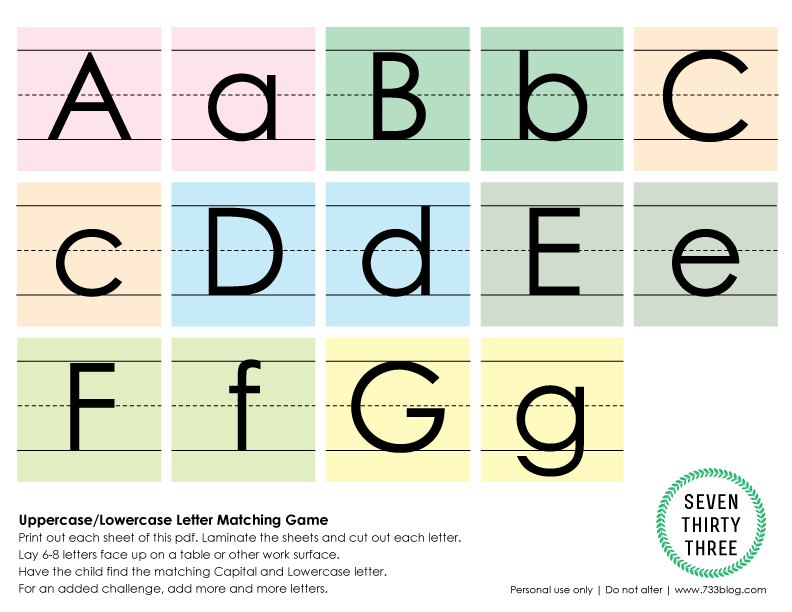
- The sentence above has lowercase letters after the first letter of the sentence.
- This sentence and the one directly above have all lowercase letters except for the “T.”
What are Uppercase Letters?
Uppercase letters are also known as capital letters. Uppercase letters signal to the reader that something is important or significant.
English alphabet uppercase letters: A B C D E F G H I J K L M N O P Q R S T U V W X Y Z.
Examples of Uppercase Letters:
- Jones
- This is a proper name, so the first letter of the title and the last name are capitalized
- Main Street
- This is a proper noun so the first letter of each word is capitalized
When to Use Uppercase Letters
In English, the first letter of every sentence is capitalized. The uppercase letter signals to the reader that a new sentence is beginning.
Other uses of uppercase letters are detailed below.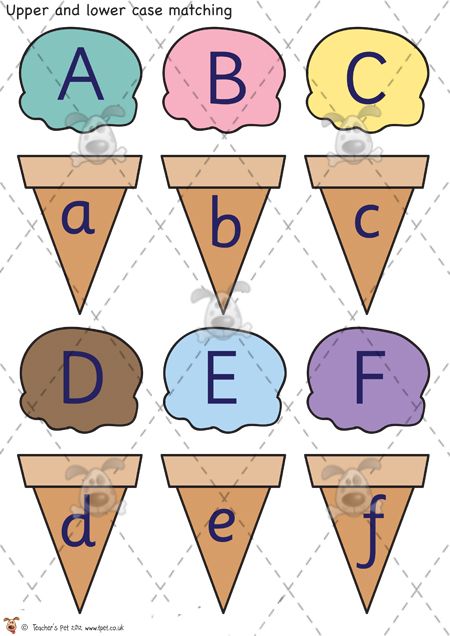
All titles are considered proper nouns and require capitalization.
Examples:
- Miss Mabry
- Incorrect: miss mabry
- Mathers
- Incorrect: mr. mathers
- Madam Lockfield
- Incorrect: madam lockfield
- Lady Grace
- Incorrect: lady grace
- Janks
- Incorect: mrs. janks
Acronyms are a type of abbreviation. Acronyms are words formed from other letters to make a new word. However, they require capital letters to signal to the reader that those letters stand for something and are not a word alone.
Examples:
- NATO
- North Atlantic Treaty Organization
- UNICEF
- United Nations International Children’s Emergency Fund
- SCUBA
- Self-contained underwater breathing apparatus
All proper nouns need to be capitalized.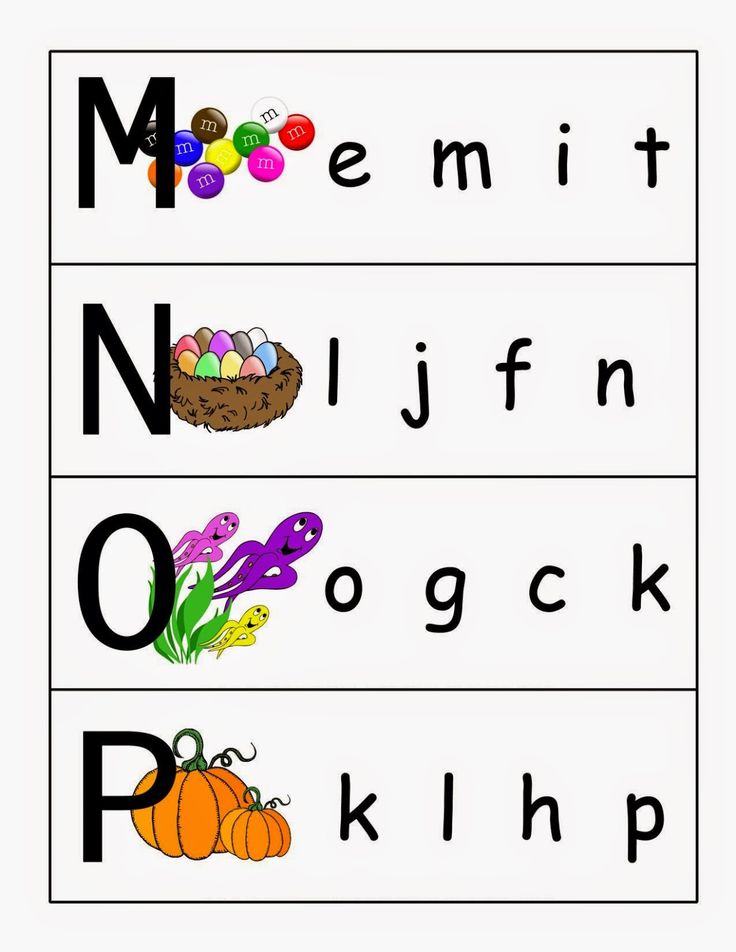
Examples:
- We visited the Bowers Museum on Saturday.
- Incorrect: We visited the bowers museum on Saturday.
- I would like to tour the Eiffel Tower.
- Incorrect: I would like to tour the eiffel tower.
- Their names are Jake and Suzy.
- Incorrect: Their names are jake and suzy.
When to Use Lowercase Letters
Use lowercase letters for all letters other than the first in a sentence, provided that there is no required use for uppercase letters in the sentence.
Examples:
- Every word in this sentence other than the first word is written in lowercase.
- The only words in this sentence that require uppercase letters are the proper nouns, London and Paris.
All nouns that are not proper nouns are called common nouns. All common nouns use lowercase letters (unless a common noun begins a sentence).
Examples:
- tree
- dog
- bird
- water
- air
- star
- street
- girl
- baby
Summary
Define lowercase letters: lowercase letters are those letters used for common nouns and internal words.
Define uppercase letters: uppercase letters (also called capital letters) are those letters that signify the beginning of a sentence or a proper noun.
In summary,
- Uppercase and lowercase letters refer to all letters used to compose the English language.
- Uppercase letters are used to begin sentences and are also used for proper nouns.
- Lowercase letters are all letters that do not begin sentences.
Contents
- 1 What are Lowercase Letters?
- 2 What are Uppercase Letters?
- 3 When to Use Uppercase Letters
- 3.1 Titles
- 3.2 Acronyms
- 3.3 All Proper Nouns
- 4 When to Use Lowercase Letters
- 5 Summary
Copy the Russian alphabet
Copy the Russian alphabet , Russian alphabet into line , Russian alphabet separated by commas, backwards. What option did I forget!?
The same story as with the
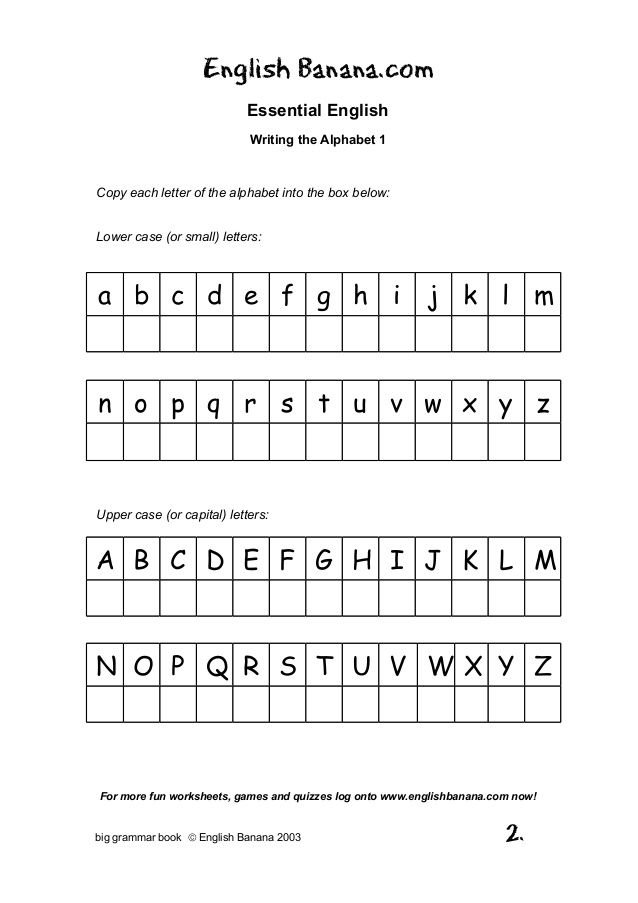 e. didn't find what I needed.
e. didn't find what I needed. If such a problem occurred to me. it means there are people like me who need the Russian alphabet in a different writing format! And that it can be copied! nine0008
Russian alphabet, Russian letters.
- Russian alphabet letters without space in a string
- Russian alphabet uppercase, lowercase letters with space
- Russian alphabet uppercase, lowercase letters separated by commas
- Russian alphabet uppercase and lowercase letters in quotation marks
- Russian alphabet uppercase and lowercase letters in a column
- Russian alphabet vowels
- Russian alphabet consonants
- Old Slavonic - the first Cyrillic alphabet
Copy link
Russian alphabet letters without space in a string
Copy uppercase Russian letters without spaces into one line.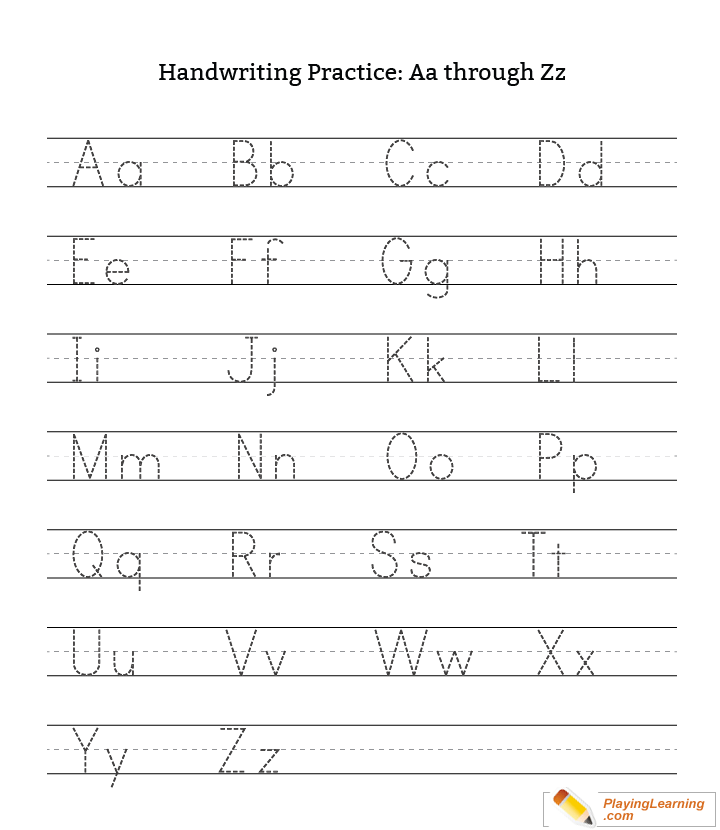
ABCDEJZYKLMNOPRSTUFFHTSCHSHCHYYYYYY
Russian alphabet lowercase letters without spaces in one line.
abvgdeezhziyklmnoprstufxchshchyyeyuya
Russian alphabet CAPITAL letters without space in the reverse direction:
Capital Russian letters without spaces in one line, copy in the opposite direction.
YOYUEYJSHCHCHCHFUTSRPONMLKYIZZHEEDGVBA
Russian alphabet lowercase letters without space in the reverse direction:
Lowercase Russian letters without spaces in one line, copy in the opposite direction.
9000Copy link
Russian alphabet uppercase, lowercase letters with space per line
Further several variants of the alphabet in a line with a space
Russian alphabet CAPITAL letters with space in one line copy.
A B C D E F G I J K L M N O P R S T U V Y Z
Russian alphabet copy lowercase letters with a space in one line.
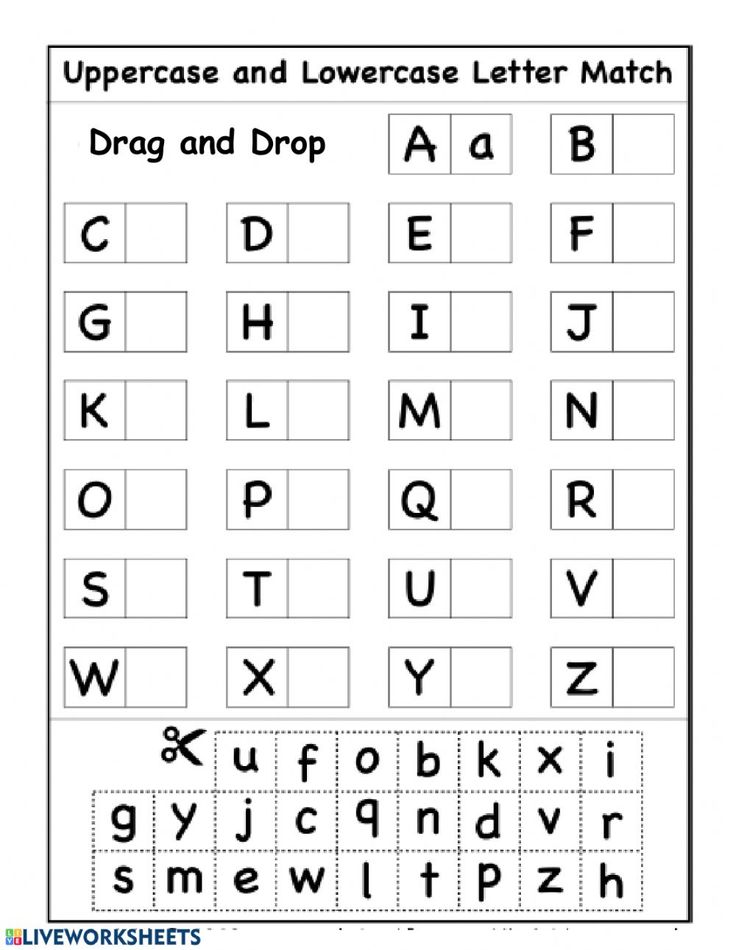 nine0012
nine0012 a b c d e f g h i j k l m n o p q r s t u v w x y y z
Russian alphabet CAPITAL letters with a space in one line, copy in the opposite direction.
YU E YY Y SC W W H T X F U T S R PON M L K Y Y Z Z J E D G W B A
Russian alphabet lowercase letters with a space in one line, copy in the opposite direction.
y y y y y y y y y y y y y s h t h c h f u t s r p o n m l k y i z zh e dg v b a
Copy link
Russian alphabet uppercase, lowercase letters separated by commas
Copy uppercase Russian letters separated by commas into one line.
A, B, C, D, D, E, Y, F, G, I, Y, K, L, M, N, O, P, R, S, T, U, F, X, C, H , W, W, b, S, b, E, Yu, I
Russian alphabet copy lowercase letters separated by commas into one line.
a, b, c, d, e, f, e, g, h, i, d, k, l, m, n, o, p, r, s, t, y, f, x, c, h , w, w, b, s, b, e, u, i
Russian alphabet lowercase, and CAPITAL letters separated by commas in one line copy.
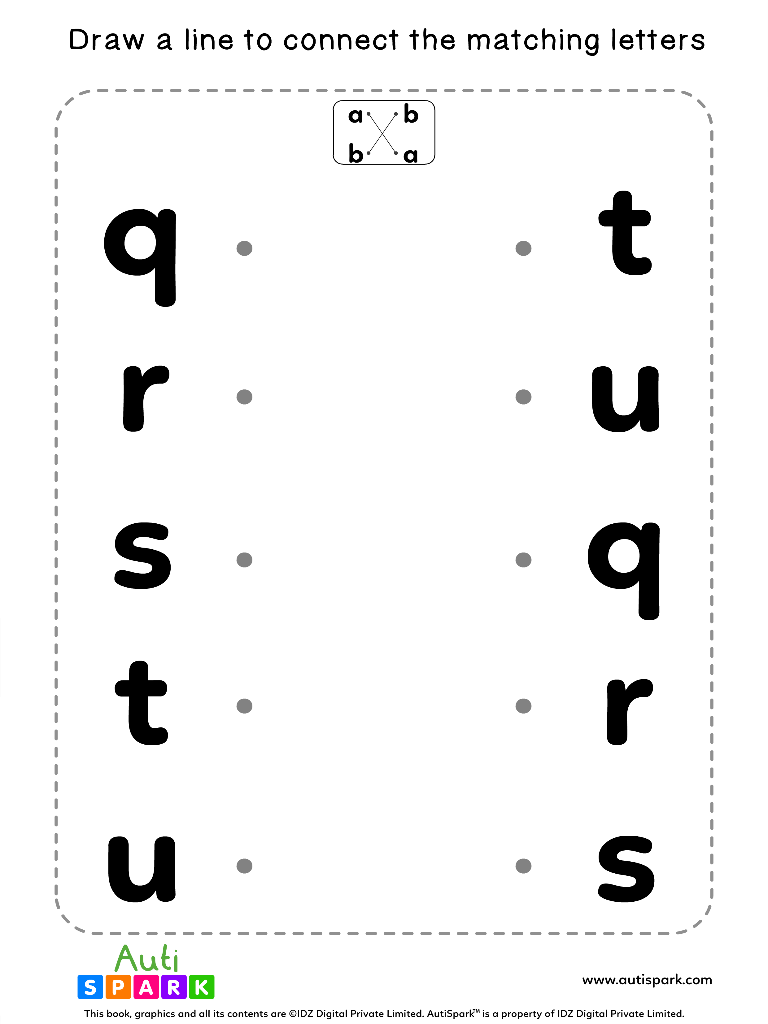
A a, B b, C c, D d, D d, E f, E e, F f, Z h, I i, J d, K k, L l, M m, N n, O o, P p, R p, C s, T t, Y y, F f, X x, C c, H h, Sh w, Sh y, b b, S s, b b, E e, Yu yu, I am,
Russian alphabet CAPITAL letters separated by commas in one line, copy in the opposite direction. S , F, E, F, D, D, C, B, A,
Russian alphabet lowercase letters separated by commas in one line, copy in the opposite direction.
z , g, e, f, e, d, c, b, a
Copy link
Russian alphabet letters in single quotes Russian alphabet capital letters separated by commas in single quotes copy.
'A', 'B', 'C', 'G', 'D', 'E', 'E', 'F', 'Z', 'I', 'Y', 'K', ' L', 'M', 'N', 'O', 'P', 'R', 'S', 'T', 'U', 'F', 'X', 'C', 'H' , 'W', 'W', 'b', 'S', 'b', 'E', 'Yu', 'I'
Russian alphabet lowercase in single quotes. Russian alphabet copy lowercase letters separated by commas in single quotes.
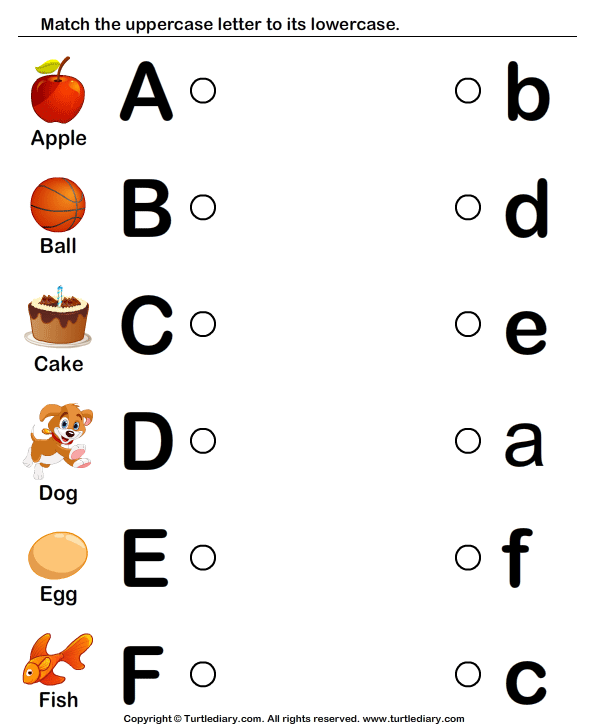
'a', 'b', 'c', 'd', 'e', 'e', 'e', 'g', 'h', 'i', 'd', 'k', ' l', 'm', 'n', 'o', 'n', 'p', 's', 't', 'y', 'f', 'x', 'c', 'h' , 'w', 'w', 'b', 's', 'b', 'e', 'yu', 'ya'
Russian alphabet capital letters in double quotes Russian alphabet capital letters separated by commas in double quotes copy. nine0009 "A", "B", "C", "D", "D", "E", "E", "F", "Z", "I", "Y", "K", " L", "M", "N", "O", "P", "R", "S", "T", "U", "F", "X", "C", "H" , "Sh", "Sch", "b", "S", "b", "E", "Yu", I
Russian alphabet double-quoted lowercase letters Russian alphabet copy lowercase letters separated by commas in double quotes.
"a", "b", "c", "d", "d", "e", "e", "g", "h", "i", "d", "k", " l", "m", "n", "o", "p", "p", "s", "t", "y", "f", "x", "c", "h" , "w", "u", "b", "s", "b", "e", "yu", "i"
Copy link
Russian Alphabet CAPITAL and CAPITAL LETTERS
CAPITAL letters in a column.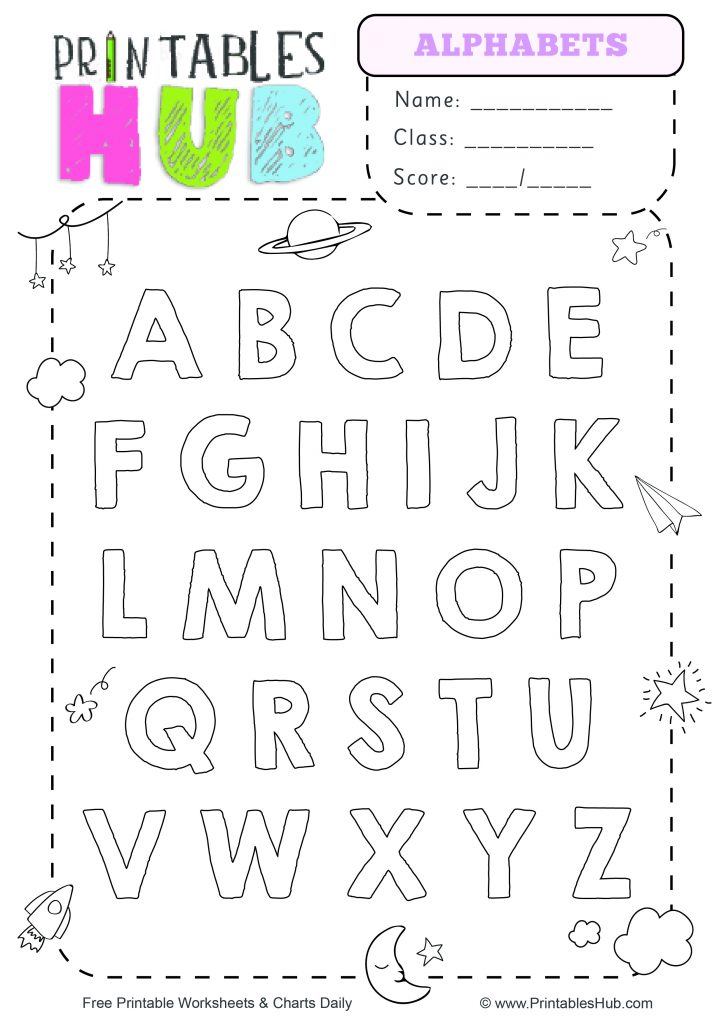
A
B
B
g
D
E
ё
f
° C
and
th
to
L
N
On
P
R
S
T
U
f
x
C
h
Sh
s
b
E
U
I
Russian alphabet lowercase letters in a column.
A
B
B
g
D
E
ё
Ф
° C
and
L
m
On
P
r
with
T
in
F
C
h
Sh
s
E
U
I
IRussian alphabet CAPITAL and lowercase letters in a column.
A a
B b
C c
D
D
F0008
th
K
l L
m
N
O O
P
R
C C
T T T
U in
Ф
X x
c
h
sh
b
th
b
E
Yu
I am
Russian alphabet CAPITAL and lowercase letters in a column with a semicolon.
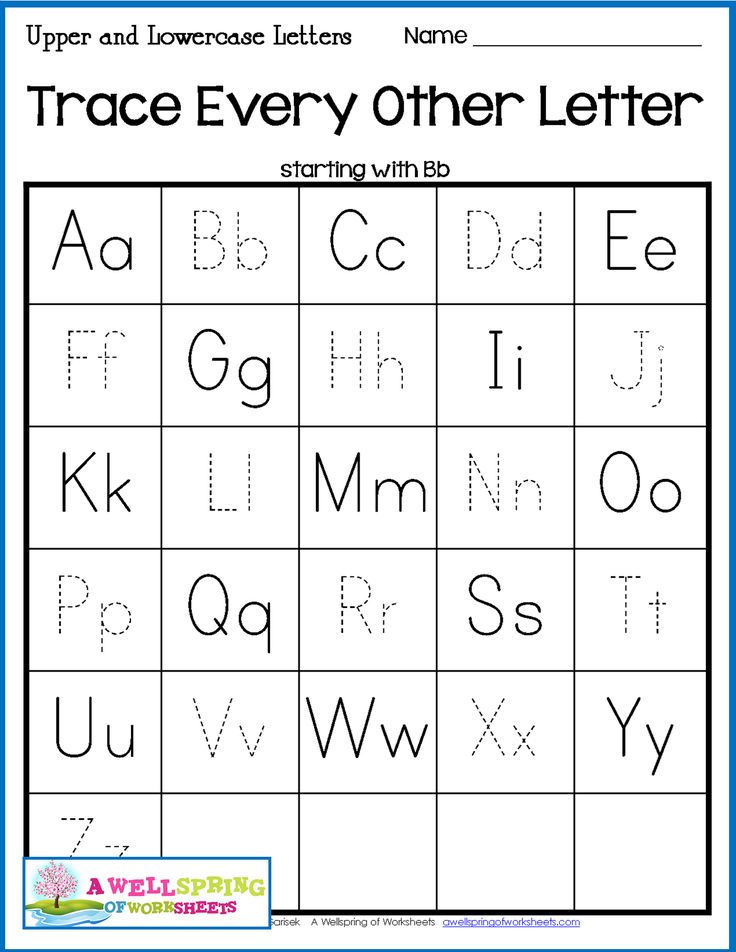
A a,
b,
B,
g,
d d,
e,
e,
f,
s,
and,
th, and,
th.
K,
L,
m,
N.,
O O O,
P P,
r,
C,
t,
U
F f,
X x,
Z c,
H h,
W w,
Sh y,
b b,
s,
b,
e,
yu,
i,
Copy link
Russian alphabet vowels
Vowels in total 10:
Vowels of the Russian alphabet:
Vowels of the "Russian alphabet" lowercase in a line
a e yo i o u y e yu ya
Vowels of the "Russian alphabet" uppercase in a line
A E Y O Y O Y Y Y Y
Vowels of the "Russian alphabet" lowercase and uppercase in line
Aa Her Yoyo Ii Oo Uu Yy Ee Yuyu Yaya
Vowels of the "Russian alphabet" lowercase in a line with accent
a e i o u y e yu i
Vowels of the "Russian alphabet" uppercase in a line with accent
A E I O U Y E Yu Z
Do you know.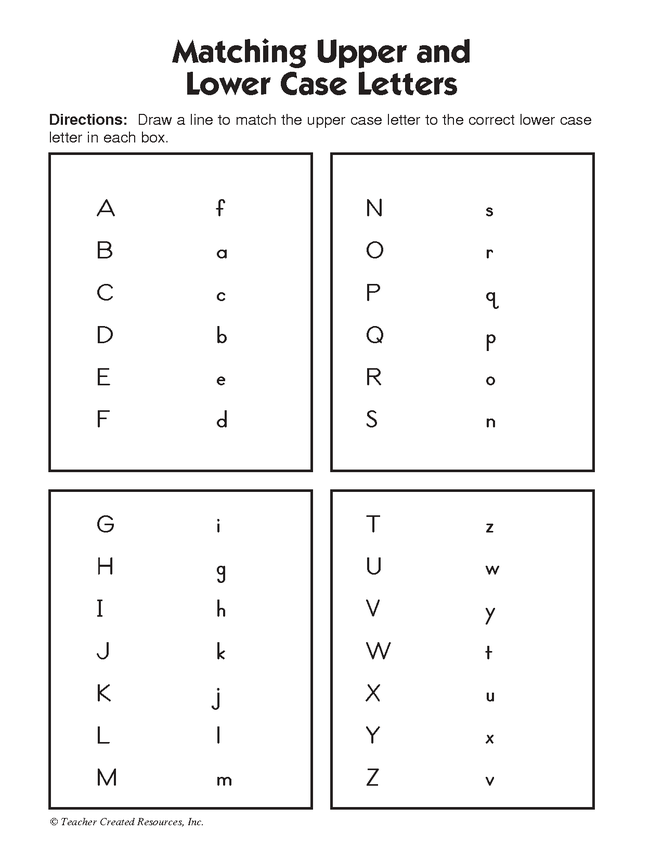 why is there no letter "ё" with an accent? Correctly all words with the letter "e" - the emphasis will fall on it! Except:
why is there no letter "ё" with an accent? Correctly all words with the letter "e" - the emphasis will fall on it! Except:
There are three exceptions:
Königsberg
Surfingist
"shogun"
Copy link
Russian alphabet consonants
Total 21 consonants:
Russian alphabet consonants:
Consonants of the "Russian alphabet" lowercase in a line
b c d j g h z j k l m n p q r s t v x t w w y
Consonants of the "Russian alphabet" uppercase in a line
B C D F G Y K L M N P R S T V W Y
Consonants of the "Russian alphabet" lowercase in a line separated by commas
b, c, d, e, g, h, d, k, l, m, n, p, r, s, t, f, x, c, h, w, sch.
Consonants of the "Russian alphabet", uppercase, separated by commas
B, C, D, D, W, Z, Y, K, L, M, N, P, R, S, T, F, X, C, H, W, S.
Copy link
Old Slavonic - the first Cyrillic alphabet
Old Church Slavonic Cyrillic - the first Cyrillic alphabet of 46 letters, developed at the turn of the 9th and 10th centuries to record the Old Church Slavonic and later Church Slavonic languages.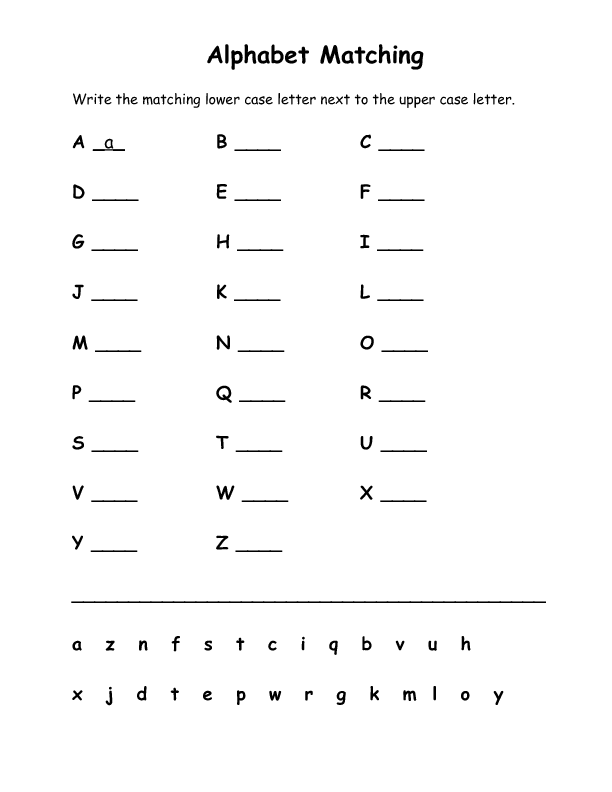 nine0008
nine0008
| No. | Letters | Title | Translit |
|---|---|---|---|
| 1 | aꙁъ | a | |
| 2 | bѹkꙑ | b | |
| 3 | see | v | |
| 4 | verb | g | |
| 5 | good | d | |
| 6 | yes | e | |
| 7 | live | ž | |
| 8 | sѣlo | dz | |
| 9 | ꙁєmlꙗ | z | |
| 10 | others | i | |
| 11 | and / izhєi | i | |
| 12 | ərv | gj | |
| 13 | kako | k | |
| 14 | people | l | |
| 15 | thoughts | m | |
| 16 | ours | n | |
| 17 | ony | or | |
| 18 | chambers | p | |
| 19 | rci | r | |
| 20 | word | s | |
| 21 | hard | t | |
| 22 | sk | and | |
| 23 | frt | f | |
| 24 | hѣrъ | x | |
| 25 | big | nine0564 or||
| 26 | ѿ | from | |
| 27 | qi | c | |
| 28 | worm | - | |
| 29 | joppa | q | |
| 30 | sha | š | |
| 31 | shcha (shta, shcha) | st | |
| 32 | erb | - | |
| 33 | years | ū | |
| 34 | er | - | |
| 35 | ꙗт | æ | |
| 36 | nine0564 їotirovan ѹkъ | ju | |
| 37 | jotted aꙁъ | and | |
| 38 | je | ||
| 39 | ѭсъ small | ę | |
| 40 | ѭсъ єлік | ǫ | |
| 41 | ję | ||
| 42 | jǫ | ||
| 43 | ѯї | ks | |
| 44 | ѱї | ps | |
| 45 | fit | θ | |
| 46 | horse | ü |
You don't have to thank, but help!
Tags :
copy Russian alphabet
Russian alphabet copy letters
Russian alphabet into a line copy
Russian alphabet copy letters into a line
Russian alphabet so that you can copy
Russian alphabet copy and paste
all letters of the English alphabet separated by commas copy
alphabet to copy
alphabet to copy Russian with spaces
alphabet Russian in one line
all Russian letters separated by commas
alphabet Russian vice versa
alphabet to copy large and small letters
alphabet Russian and symbols in a line
Russian alphabet from a to z copy
Old Church Slavonic alphabet characters copy
Uppercase and lowercase letters in Russian
Letters of the Russian alphabet have two options for graphic display: uppercase, or uppercase, and lowercase, or small.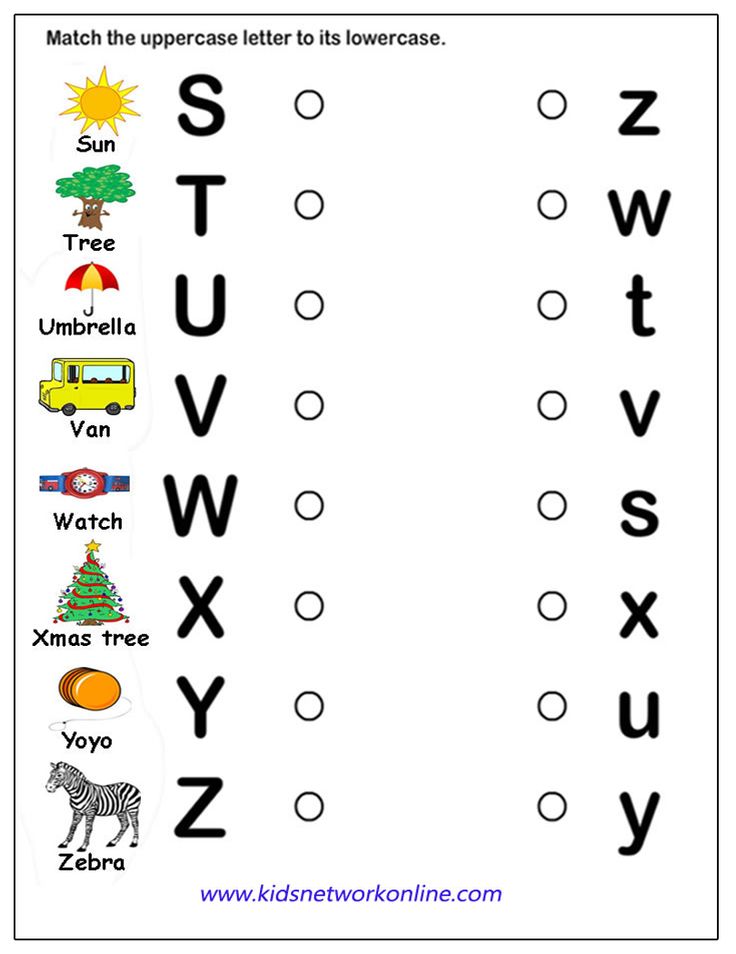 nine0008
nine0008
Our speech consists of sounds. When we need to write down our thoughts or statements on paper, special graphic icons are used for this - letters . The set of letters arranged in a certain order is alphabet . In total, there are 33 letters in the Russian language, each of which has two options for graphic display, for example:0009 So, according to the style, they distinguish uppercase , or capital (large) letters and lowercase (small).
Capital letters
A bit of history
In ancient times, large, capital letters were written only at the beginning of the book, as well as chapters, sometimes paragraphs. Each piece of text began with a beautifully designed, ornate capital letter. Such letters were not just written, but drawn or written. That's where this "speaking" name of the initial capital letters of the handwritten text comes from. nine0008
In the monuments of the 16th century, especially after the introduction of printing, they began to write a capital letter at the beginning of each sentence after a dot.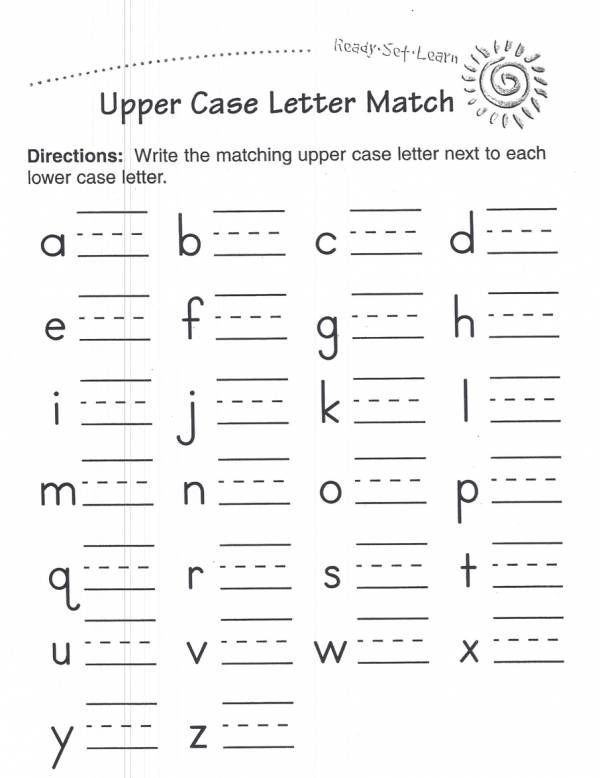 In later works, there is occasionally a capital letter in the proper names of people and city names. The first attempt to systematize the use of capital letters in the XVII century was made by M. Smotrytsky, who wrote a grammar in which he recommended starting each sentence with a capital letter, as well as the beginning of each line of verses, proper names, and even the names of sciences: Grammar, Logic, etc.
In later works, there is occasionally a capital letter in the proper names of people and city names. The first attempt to systematize the use of capital letters in the XVII century was made by M. Smotrytsky, who wrote a grammar in which he recommended starting each sentence with a capital letter, as well as the beginning of each line of verses, proper names, and even the names of sciences: Grammar, Logic, etc.
The next attempt to streamline the rules for the use of capital letters was made by Academician Ya. K. Grot. His reference book for schools "Russian Spelling" ran through twenty editions.
Capitalization
The choice of capitalization is based on the semantics of the words. The main postulate of spelling is that proper names are written with a capital letter, for example:
1. names, surnames, nicknames, pseudonyms, nicknames, names of characters in literary works:
- Mikhail Vasilievich Lomonosov,
- Saltykov-Shchedrin,
- Demyan Poor,
- Ekaterina the Great,
- Richard Lione Heart,
- Vladimir Solnyshko,
- Elephant and Moska,
- Struszra and Muska.
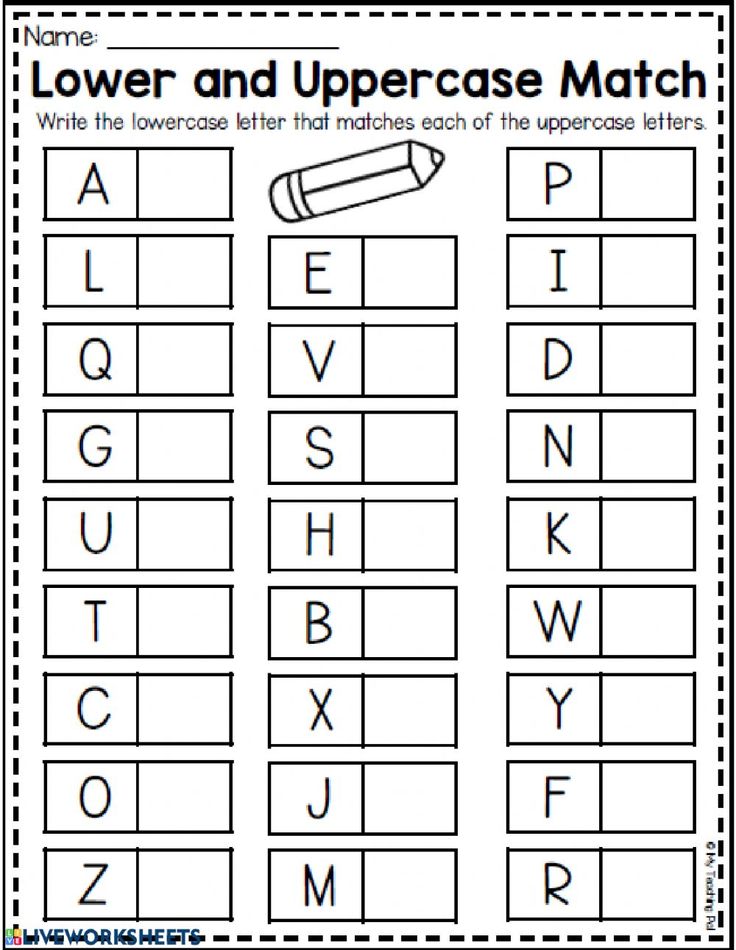
- Pinocchio and Malvina,
- Santa Claus,
- Murka cat:
- White Bim Black Ear.
If the proper name of a literary hero is used in a pejorative sense and becomes a generalized common noun, then in the plural form it is written with a lowercase letter:
- plushkins,
- sobakevichs,
- raskolnikovs,
- boxes,
- whips,
- silences.
2. The names of international organizations, state bodies, highest state positions, official and unofficial names of states are written with a capital letter:
- United Nations Organization,
- Red Cross Society,
- President of the Russian Federation,
- Chancellor Germany,
- State Duma,
- Federal Assembly,
- Administration of the President of the Russian Federation,
- Upper House of the State Duma,
- Republic of Poland,
- Republic of Tuva,
- Korolevskaya Saudi Arabia .
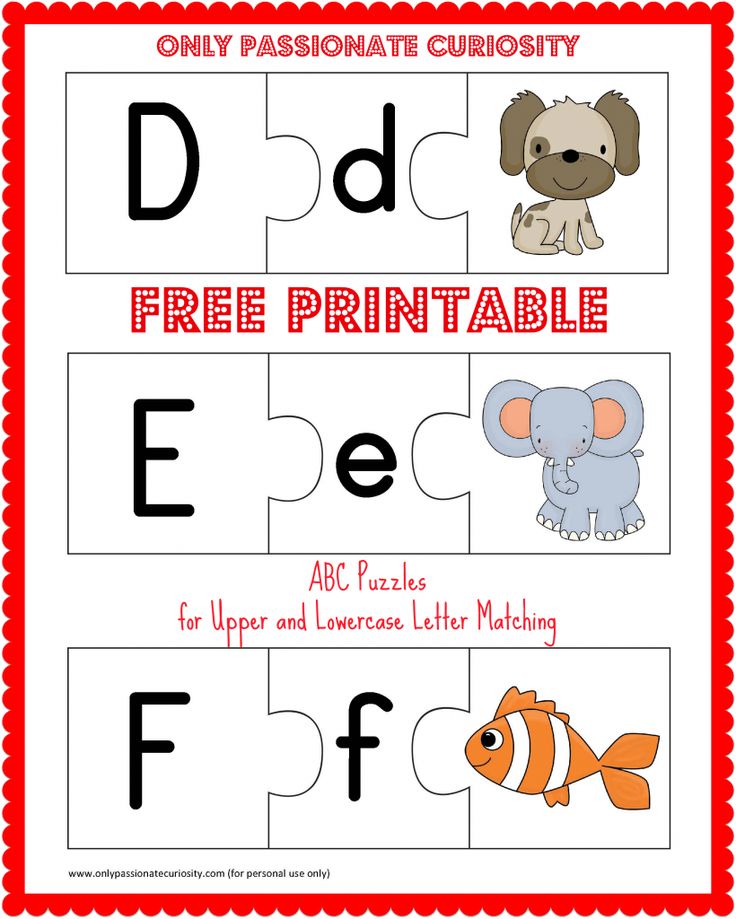
However, in the informal text, the names of the highest positions of states without indicating a specific person are written with a lowercase letter, for example:
The presidents of these countries will control the implementation of the agreements.
3. Geographical and astronomical names are capitalized, except for generic names (city, river, mountain, region, region, street, star, constellation, etc.) , 4. The names of historical eras and events, the names of the calendar periods and celebrations are written with the capital letter: But the names of ongoing events are capitalized: 5. Names related to religion are written with a capital letter: But the names of church services are written with a lowercase letter: Liturgy, Vespers, Matins, Mass, Vespers, Compline. 6. Pronouns you, you, your are capitalized as a form of politeness when referring to a specific person in letters, official documents and business correspondence. nine0004 Lowercase letters are letters that are written in a line, i.e. between the bottom line and the top line of the line.
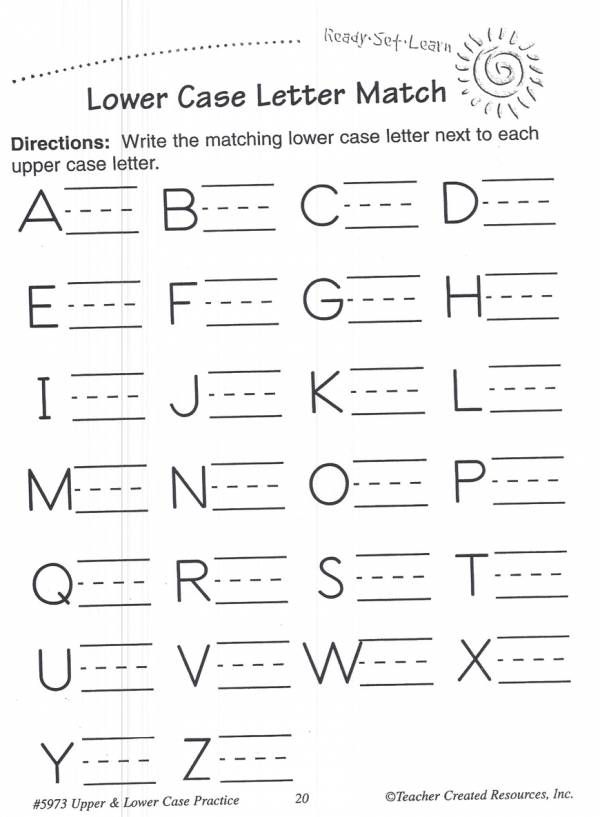
Lowercase letters




